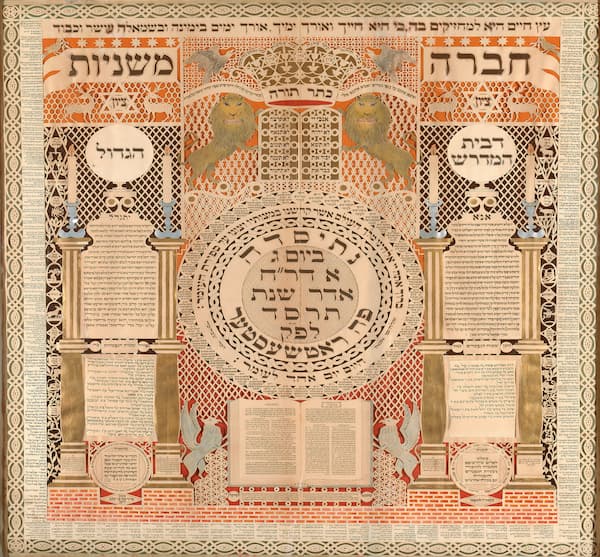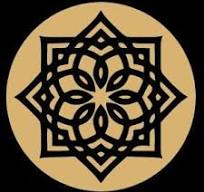There are forty-nine days between Pesah and Shavuot, days which are counted in public in a ritual called Sefirat HaOmer. Sepharadim have some mourning practices until the 34th day of that period, while Ashkenazim practice mourning throughout the whole period with the exception of the 33rd day, or Lag BaOmer. Mourning is not practiced on Shabbat, Pesah Sheni, Yom HaAtzmaut Yom Yerushalayim. But should we be mourning at all? What are we mourning? Is it really the passing away of the disciples of Rabbi Akiva, as tradition claims?
The answer is that we are mourning the long-gone persecutions and exile of the Diaspora, and we should be mourning the inability of our religious leaders to unite, recognize historical changes, and make meaningful decisions. It is fair to argue that our religious denominations and institutions have fallen into the trap of שנאת חינם – baseless hatred, the same sin on which the Sages blamed the destruction of the Second Temple and the death of Rabbi Akiva’s disciples.
But before discussing the religious divisions and sub-divisions which plague us, let us embark on a short and bumpy time-travel to the days between Pesah and Shavuot throughout history. In Biblical times, those days were days of joy and celebration. The farmers brought into their granaries and silos the abundance God has blessed them with, and the nation waited with anticipation to celebrate Shavuot. It is also important to note Neither the destruction the First Temple, nor that of the Second Temple, has affected the period of Sefirat HaOmer, in which some horrific acts must have taken place, considering that the siege started in Tevet and the wall were breached in Tammuz.
In Post-Biblical period, the first mention of a disaster associated with the period between Pesah and Shavuot is found in the Talmud (Yevamoth 62:2). The source is anonymous and not dated, and it speaks of the death of the disciples of Rabbi Akiva during that period. Those disciples were not peaceful scholars but rather soldiers, and the anonymous source is referring to the tragic results of the Bar-Kokhva revolt, which took place between 132-135 CE and which dealt the final blow to Jewish life in Israel.
The Talmudic passage does not mention, however, any mourning practices during the Sefira period. The first and only mention of any practice is in undated Geonic responsa (Shaare Teshuva, 278), which could have written anywhere between the 7th and the 11th centuries. Even at that late stage of our history, the only practice mentioned is not having weddings during the Sefira period, and the author of the paragraph says that if a couple got married without asking for permission, they will not be reprimanded by the court.
Then, more than a thousand years after the tragic events of the Bar-Kokhva revolt, the Jewish communities of Northern France and Germany were devastated by the horrors of the Crusades. Spring was the ideal time for the march of the crusaders from cold Europe, and thus, when the communities rose from the ashes and wanted to mourn their loved ones, the days of the Sefira were the epicenter of the catastrophe. The mourners initially extended the mourning period to the twentieth of Sivan, but it was later scaled back to Shavuot. The result was that the almost forgotten practice of avoiding weddings during the Sefira, has now been revived and reinforced, turning those days to days of mourning.
Finally, in the sixteenth century, Rabbi Yosef Karo included the Omer mourning practices in his Shulhan Arukh (Orah Haim, 493:1-2). He writes that there is a Minhag to not have weddings and not have a haircut, and adds, as in the Geonic source, that there are no consequences for a wedding conducted without the court’s permission.
It is very probable that Rabbi Karo included the Ashkenazi minhag because of Kabbalistic influences, and it is no surprise that the author of Peri Hadash, Rabbi Hizkiyhau da-Silva, criticized Rabbi Karo for including a Minhag not practiced by Sephardic communities.
Since then the “prohibitions” associated with the Minhag have grown and expanded, and more about that in the next chapter.









Ohr HaChaim Yomi – Emor